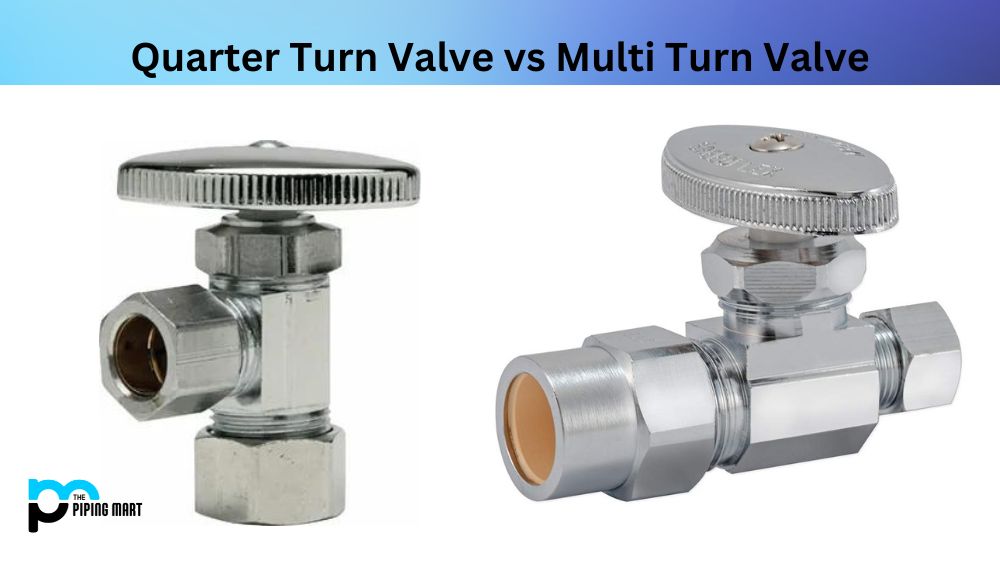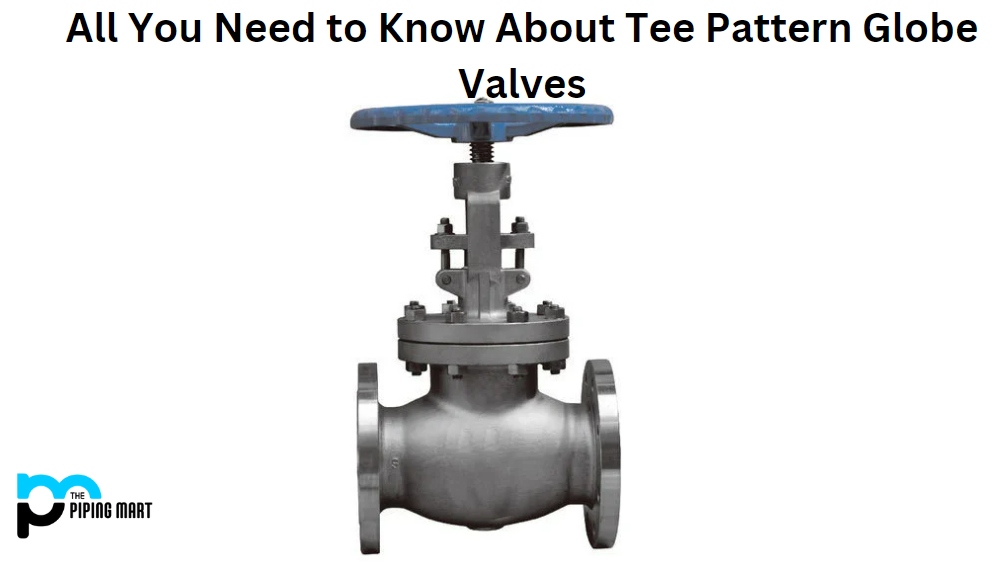Valves are crucial in regulating the flow of liquids and gases in various industries. These tiny mechanical devices are available in different types, sizes, and shapes, each serving a specific purpose. Two of the most common valves are quarter turn valves and multi-turn valves, widely used in different settings. Understanding the differences between these valves is vital in helping industries select suitable valves for their operation. In this blog post, we will explore the differences between the quarter-turn valve and multi-turn valve to help you make an informed decision when choosing valves for your operation.
What is Quarter Turn Valve?
A quarter turn valve is a type of mechanical valve that uses 90-degree rotation for signaling and turning on and off. They are designed to last longer than other valves due to its simple design, having fewer parts which reduces the chances of failure over time. Quarter turn valves are commonly used in fuel tanks, water supply systems, chemical processing pipelines, etc.
What is Multi Turn Valve?
A multi-turn valve is a type of valve that is opened and closed with multiple rotations of the stem. By adjusting the number of turns, the flow rate can be adjusted for precise and accurate control. Multi-turn valves are used in many industrial applications because of their reliable performance and long life. They are an essential component in controlling pressure, temperature, and liquid flow.
Difference Between Quarter Turn Valve and Multi Turn Valve
Defined by Rotation
Quarter-turn valves are named so because they open or close by rotating 90 degrees, equivalent to a quarter turn. These valves are commonly used in industrial applications that must be fully open or closed. They are easy to handle and have a quick response time, making them ideal for automation.
On the other hand, multi-turn valves, also known as globe valves, require multiple turns to achieve a complete opening or closing, making them more time-consuming than quarter-turn valves. These valves are designed for high precision and flow control and are commonly used in applications that require partial opening.
Pressure Drop
When dealing with fluid flow, friction within the valve causes pressure drops that can reduce the overall system performance. The type of valve used can affect the pressure drop in the system, with the quarter-turn valve offering less friction and a reduced pressure drop.
Multi-turn valves, on the other hand, have a higher friction coefficient and require more torque to open and close. They result in more pressure drop in the system. Therefore, quarter-turn valves are usually preferred in applications where pressure drop is a concern, while multi-turn valves are suitable for precise flow control.
Versatility
Quarter-turn valves are versatile and can be used in various applications for various liquids and gases. They can be used for water, natural gas, oil, and other petrochemicals and are commonly used in pipelines and refineries.
On the other hand, multi-turn valves are more suitable for specific applications requiring precise control. They are commonly used in wastewater treatment plants, power plants, and other industrial settings.
Maintenance Requirement
The maintenance requirements of valves are crucial to the performance and lifespan of the valve. Typically, quarter-turn valves have fewer parts, making them less susceptible to wear and tear and more comfortable to maintain. They are easy to install, and their simplicity means any worker can handle maintenance.
In contrast, multi-turn valves have more components, resulting in more potential failure points. They require more frequent maintenance and often need to be serviced by trained professionals.
Conclusion:
Both quarter-turn and multi-turn valves have unique features that make them suitable for different applications. Which valve type you need depends on several factors, such as pressure drop, fluid characteristics, required precision, maintenance, and the industries you work in. This comprehensive comparison between quarter-turn and multi-turn valves has helped you decide when to select the right valve for your operations.

Meet Bhavesh, a seasoned blogger with a wealth of knowledge and experience. From metal products manufacturing to retail, Bhavesh has a diverse background in various industries and is dedicated to sharing his insights and expertise with readers.




